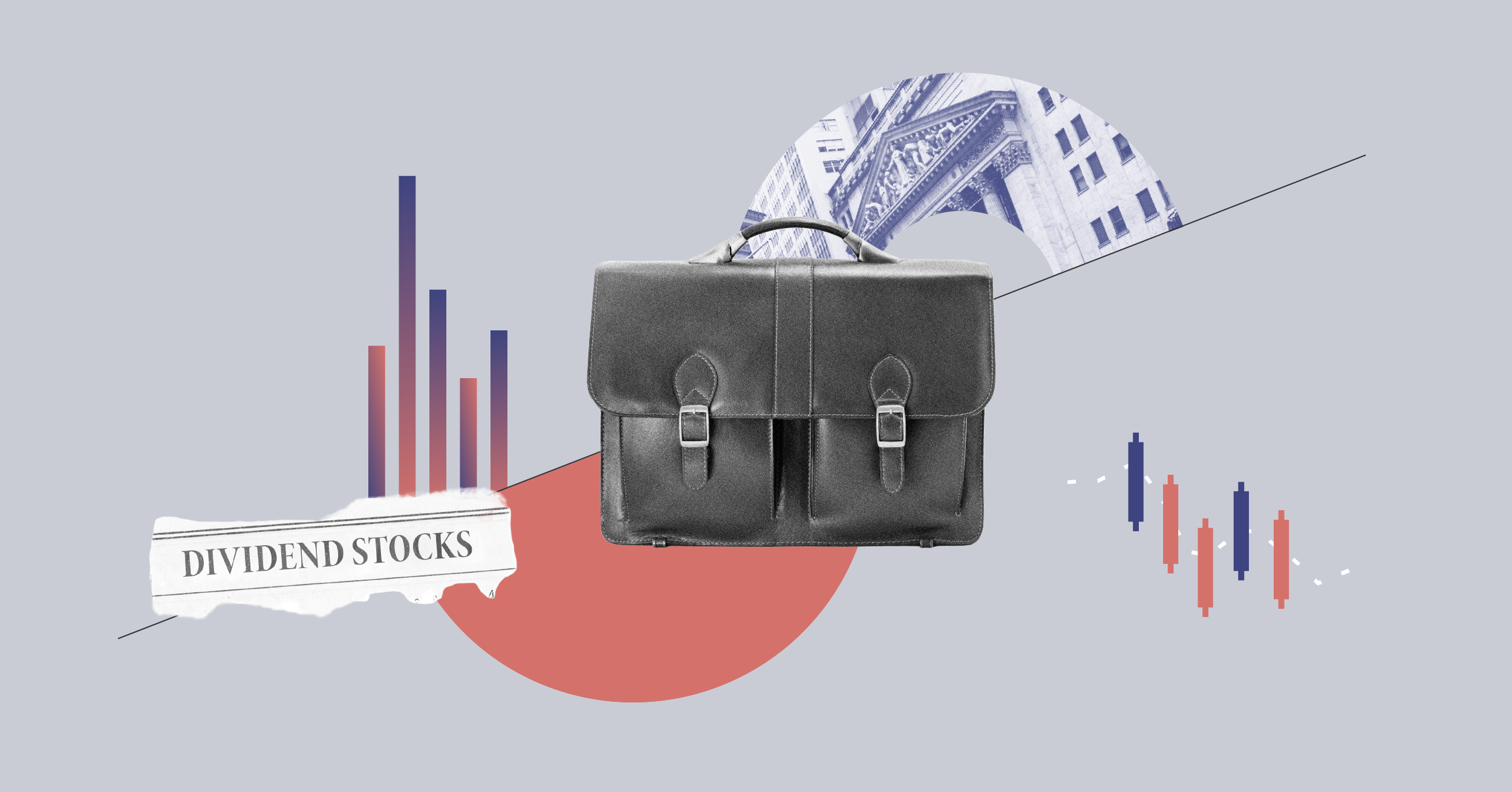If I were to pinpoint the single most influential emotion driving our investment decisions, it would be fear. Or to be more exact, it is the fear of loss that influences us so strongly.
Most of us, especially those of us who have accumulated a little extra money that we don't need today, have addressed this fear with a common sense approach taught to us by Mum many years ago. That approach is simply, "Don't put all of your eggs in one basket."
We all know that Mum, in her own way, was teaching us about diversification, and most of us as investors have been well served by being true to Mum's words. Yet there is also a dark side to our undying commitment to Mum and the belief that diversification will save us from the "loss" we are trying to avoid.
Many individuals have a retirement plan with multiple investment options or funds to choose from. If there are five choices, a common strategy would be to put one-fifth of our available money into each fund. This seems a little better than putting everything into one fund, since we know we should never put all of our eggs into one single basket. This approach satisfies our desire to please Mum, but the end result may have a risk profile that looks nothing like a well diversified portfolio designed to control for risk.
Many individual investors seeking professional help choose to obtain that help from more than one advisor. Because of the belief that the motives of advisors may be to enhance their wealth and not ours, we fail to disclose all of our investments to each one. This approach seems prudent for us; after all, no one has a lock on ideas and two or three heads are surely better than one. However, what you could end up with is a total portfolio improperly over-weighted with the same investments recommended by each of your multiple advisors. Without coordination, you could increase the possibility for greater and deeper losses.
The majority of individual investors hold their stock and bond investments through funds, including ETFs, which by default own a basket of many individual securities. This can also create within in us a "safety in numbers" feeling that may be detrimental. Because we believe we are safe, it makes it easier to try for a flyer on a high-risk stock, bond or alternative investment. This increase in risk-seeking behavior can severely hamper our long-term rates of return if the higher-risk investment fails.
In addition, when we as individuals own such a highly diversified portfolio of multiple investment "baskets," knowledge of the individual securities owned is forgotten. This can prompt our buy, hold, and sell decisions to solely be a result of our estimate of "where the market is going" or "what the economy is doing." This reliance on markets, not the individual securities that make up the baskets of our portfolio, can easily turn us into market timers and the newest members of the "buy high, sell low club."
Diversification has been and will be the primary defence in building a portfolio of individual investments that by themselves are risky. Taking steps that appear logical but have the secondary impact of increasing risk through improper diversification should be guarded against at all times.
Anderson Griggs takes a top-down approach based on the research of the capital markets, comparing the potential returns of equity markets to the more secure returns available in fixed income markets.























